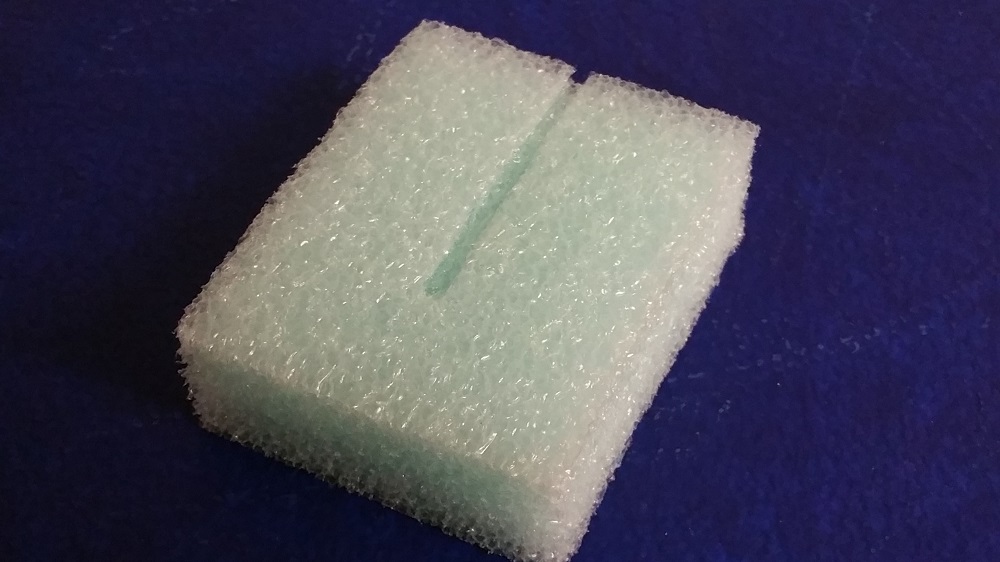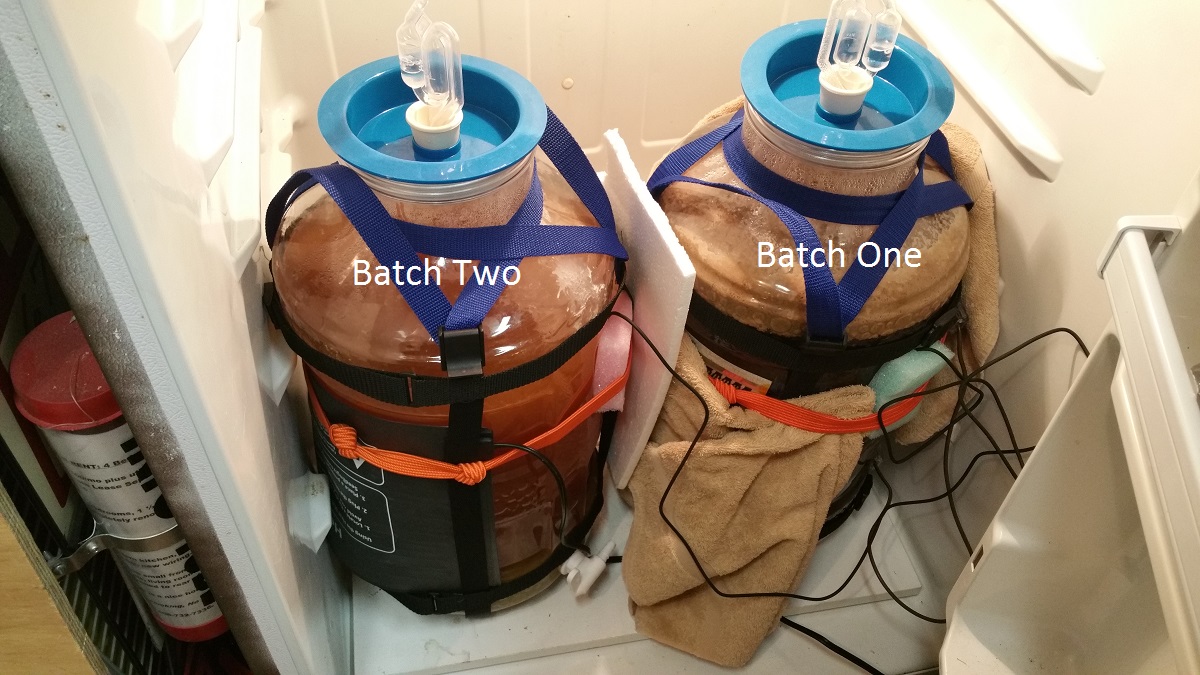Shawn3997
Will brew for beer.
- Joined
- Jul 1, 2016
- Messages
- 127
- Reaction score
- 30
I just bought my first kegging setup that will be here in a few days. In the meantime I have a freezer and Inkbird already set up. Should I cold crash the carboy and then transfer to keg and pressurize, or should I transfer warm to keg first and then cold crash and pressurize?
Or does it matter? Is there a possible yeast issue if I cold crash the carboy with beer on the yeast too fast?
Or does it matter? Is there a possible yeast issue if I cold crash the carboy with beer on the yeast too fast?

























































![Craft A Brew - Safale BE-256 Yeast - Fermentis - Belgian Ale Dry Yeast - For Belgian & Strong Ales - Ingredients for Home Brewing - Beer Making Supplies - [3 Pack]](https://m.media-amazon.com/images/I/51bcKEwQmWL._SL500_.jpg)

